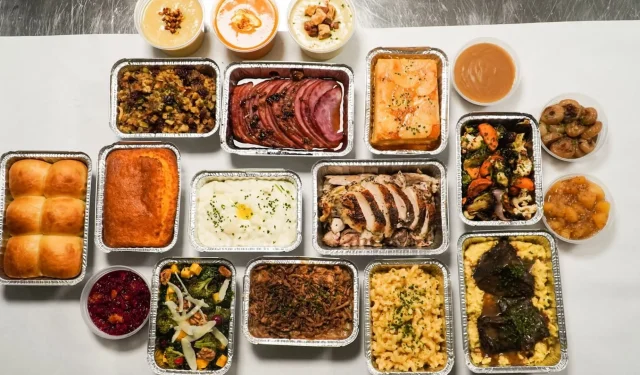When preparing meals at home, many individuals overlook the implications of food waste, often neglecting to measure ingredients accurately, subsequently discarding excess food into garbage disposals or trash bins.
While preparing food often leaves behind leftovers—such as uneaten chicken, rice, vegetables, pasta, casseroles, and curries—these remnants can also include scraps that are not utilized in further cooking.
Though it may seem expedient to simply dispose of leftovers, this approach contributes to substantial food waste, along with significant monetary loss. According to Feeding America, Americans waste approximately 92 billion pounds of food each year, which is equivalent to 145 billion meals. This waste translates into over $473 billion annually, accounting for 38% of the nation’s food supply.
While a large portion of this waste occurs during production and distribution phases, there are several effective strategies that individuals can adopt to minimize waste in their own kitchens. Below, we explore five innovative methods to reduce food waste while cooking, ultimately saving money in the process.
Disclaimer: The following suggestions represent the author’s perspective.
Effective Strategies to Reduce Food Waste While Cooking
1) Meal Planning
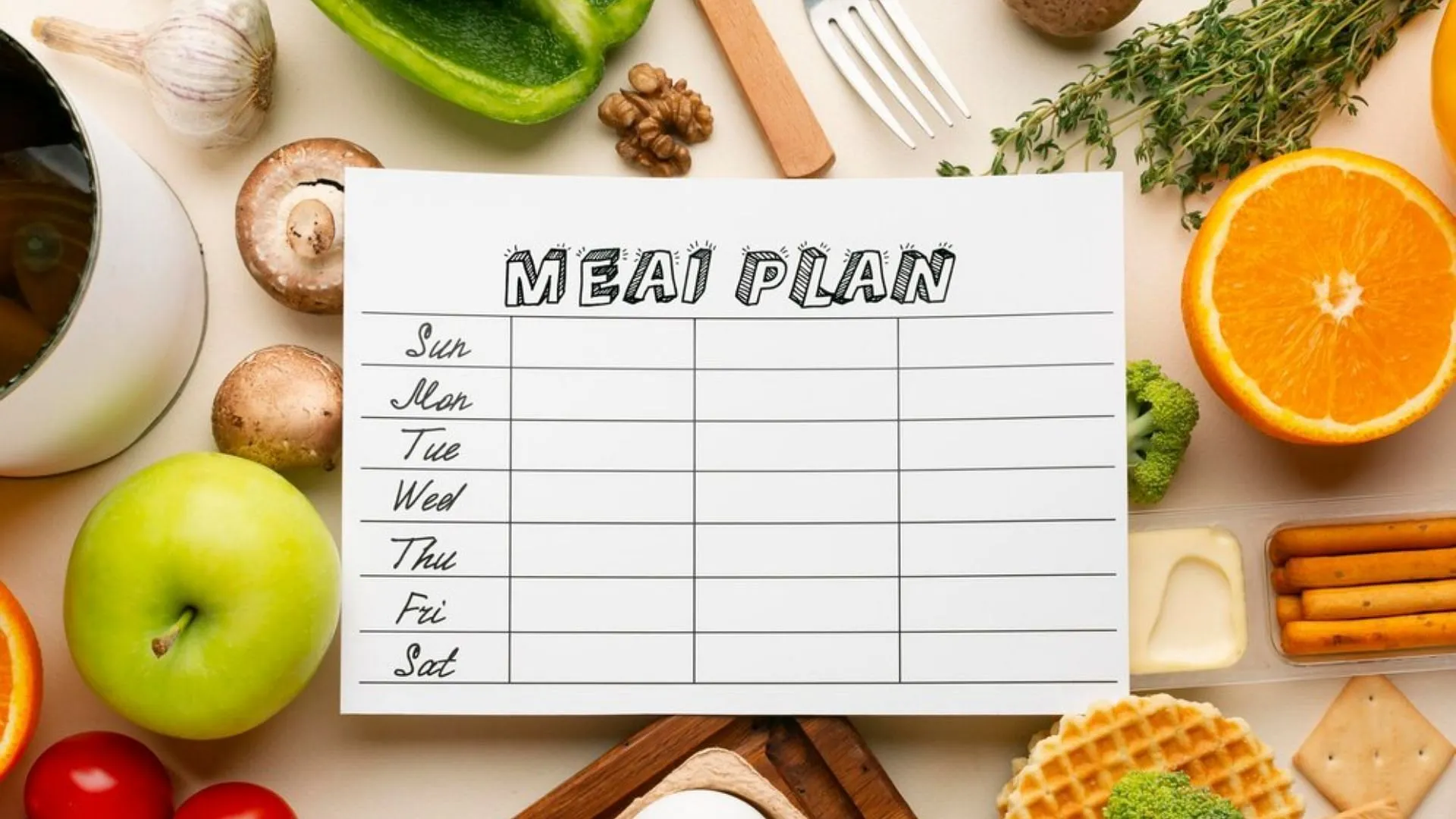
One of the most effective ways to combat food waste is through robust meal planning. By organizing meals before grocery shopping—with consideration of existing ingredients—shoppers can purchase only what they need. Tailoring portion sizes for individuals or the whole family during this process can prevent overcooking, leading to both dietary and financial savings.
2) Creative Use of Leftovers
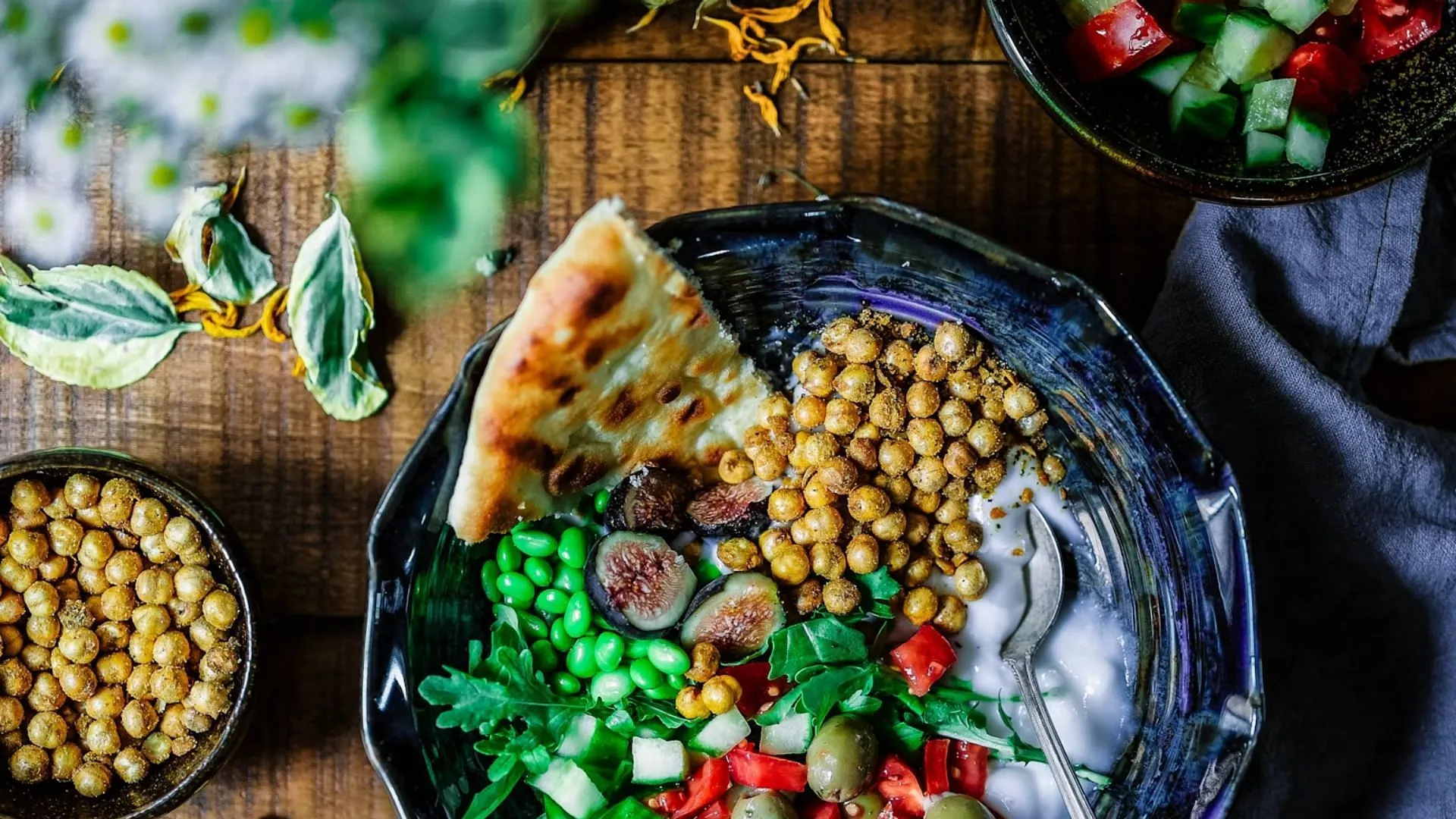
Leveraging leftover food, whether cooked or raw, is another practical way to minimize food waste. Leftover vegetables can be easily transformed into hearty soups and stews. Additionally, leftover rice can serve as the base for fried rice or be saved for future meals. Stale bread can be repurposed as croutons or breadcrumbs, while overripe fruits are perfect for smoothies, jams, or baking projects.
3) Proper Food Storage
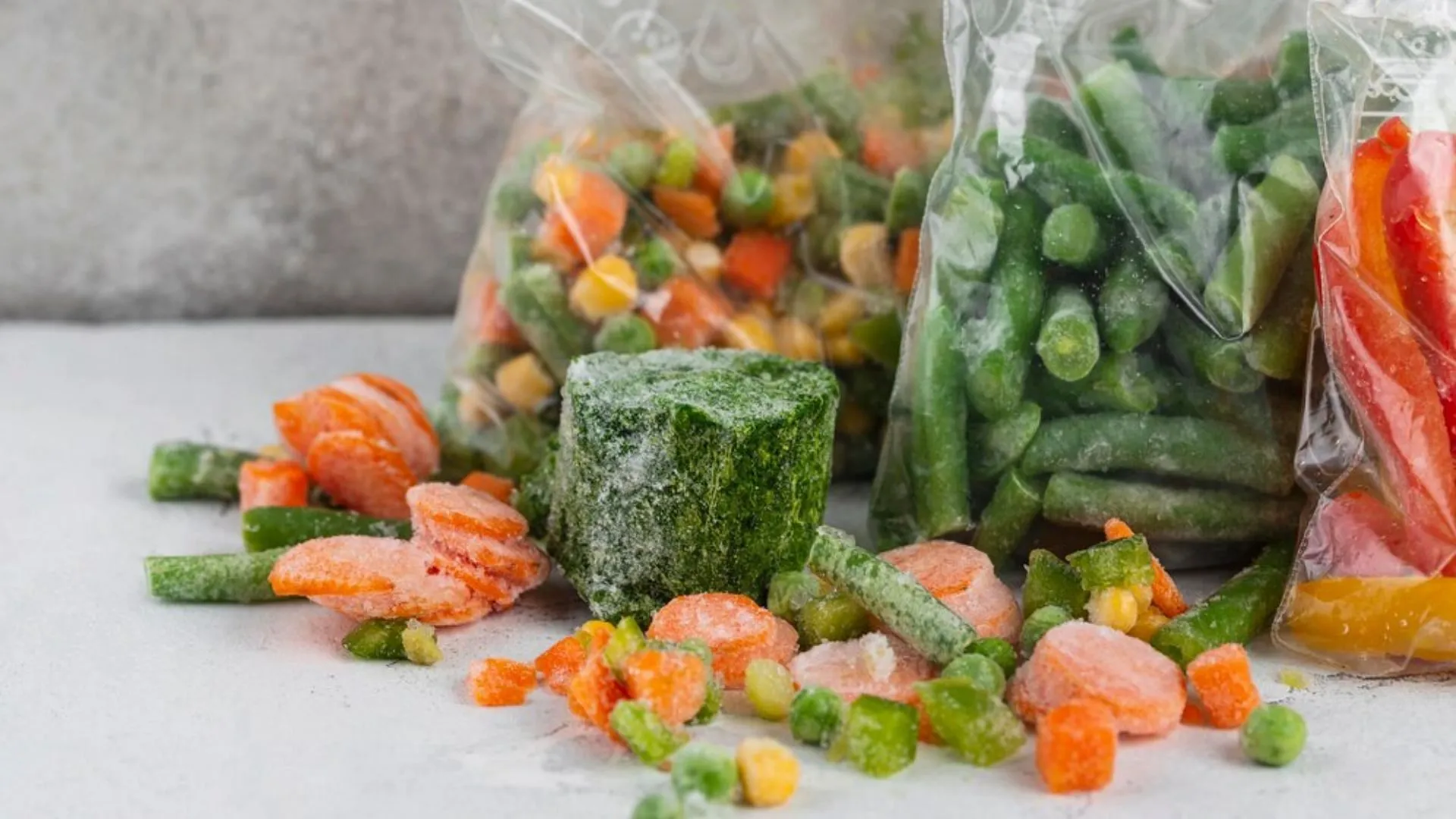
Effective food storage can dramatically reduce waste. Using airtight containers and organizing food items—placing older packages in front—can extend the freshness and lifespan of ingredients. Properly freezing cooked food in portion sizes can also prevent waste. It’s worth noting that cheese and butter can be easily frozen, as they thaw quickly.
4) Batch Cooking
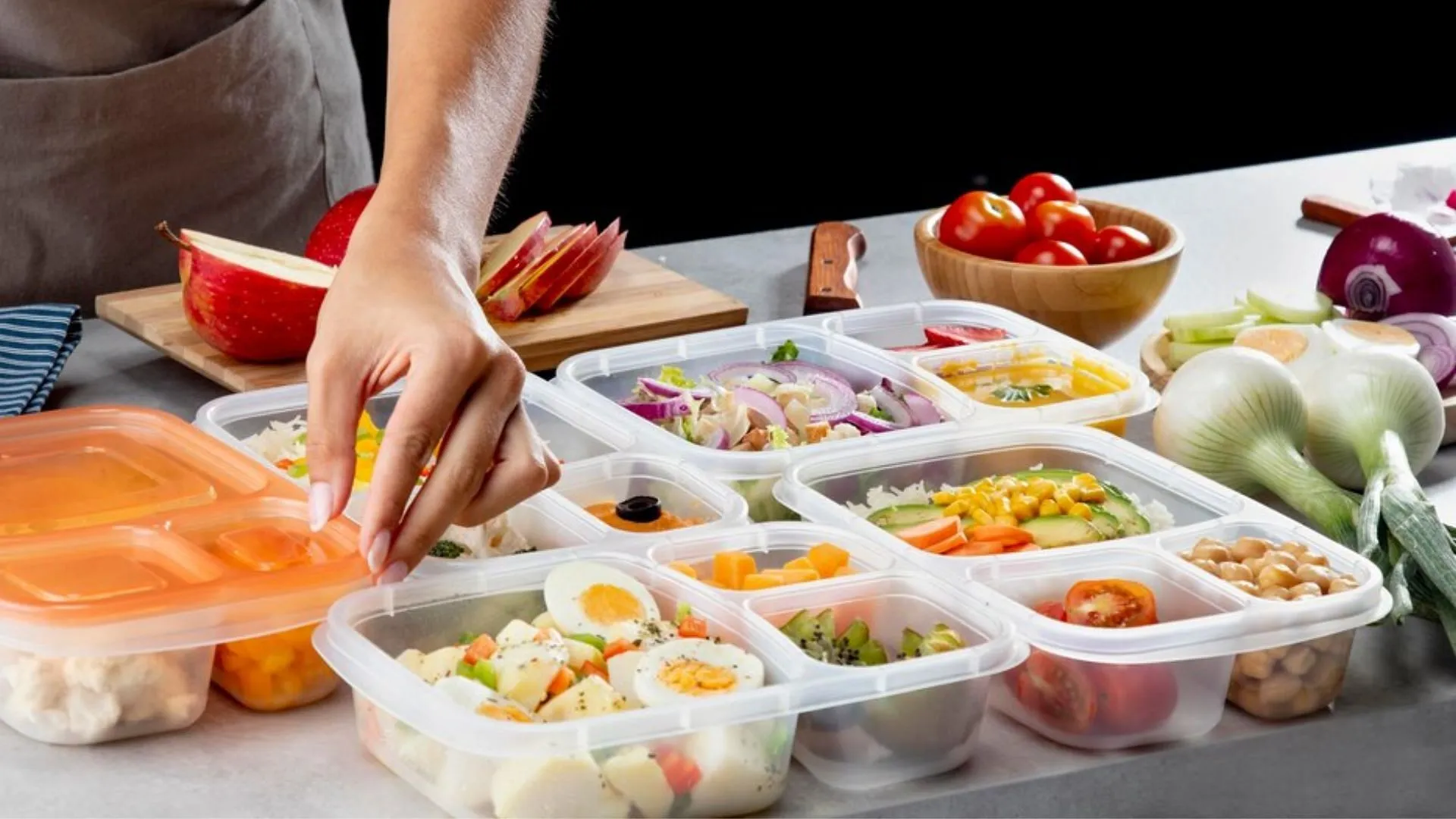
Batch cooking, a technique where individuals prepare large quantities of food for subsequent meals, can be highly effective in minimizing waste. By storing these prepared meals in airtight containers, you can ensure convenient access to nutritious options later, efficiently utilizing leftovers.
5) Utilizing Every Last Bit

Instead of discarding food scraps and nearly-empty jars of condiments, consider repurposing these remnants into new dishes. For instance, leftover sauces can enhance dressings or cooking bases, while peels from potatoes, apples, and carrots can be transformed into crispy snacks through frying or baking.
Reducing food waste is an urgent issue we face today. However, by adopting simple yet effective practices—such as proper storage, creatively reusing leftovers, planning meals judiciously, and maximizing ingredient utilization—individuals can significantly lessen waste while saving both resources and money.
